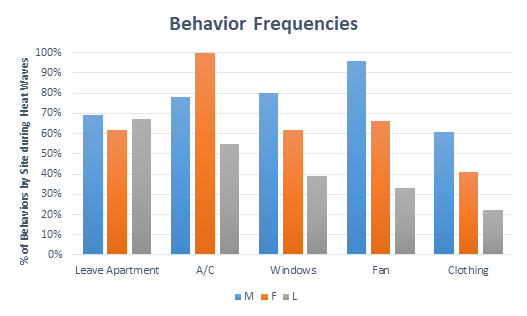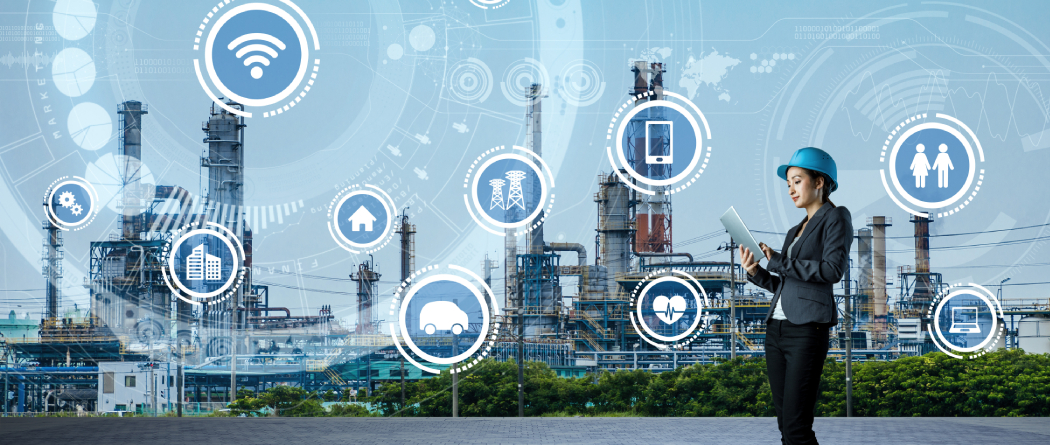The principals in the Lab have domain expertise and experience in a number of research areas of relevance to cities, civil society and government. These are transportation, environment, energy, and the medical sciences.
The proliferation of new forms of data have enabled new research questions to be asked about these critical sectors. For example, we live in a rapidly sensorized world. Sensors are everywhere, passively measuring air quality, traffic volumes, people’s movements, health, and a lot of other activities. The group has experience with a number of different types of fixed and mobile sensors – GPS, lifelogging devices, air quality sensors, temperature or light intensity sensors, and among many others.
For example, in the paper titled “Summertime thermal conditions and senior resident behaviors in public housing: A case study in Elizabeth, NJ, USA”, indoor sensors measuring thermal conditions (temperature, humidity) and occupant behaviors (occupant presence, window opening and air-conditioner (A/C) use) were used to study heat vulnerability in senior citizens living in apartments.

Ioanna Tsoulou, Clinton Andrews, Ruikang He, Gediminas Mainelis, Jennifer Senick. (2020). Summertime Thermal Conditions and Senior Resident Behaviors in Public Housing: A Case Study in Elizabeth, NJ, USA. Building and Environment 168, 1-16, DOI:10.1016/j.buildenv.2019.106411
“Incorporating Weather Information into Real-Time Speed Estimates: Comparison of Alternative Models” looks at the fusion of transportation and weather data, in order to reliably identify how precise estimates of traffic speeds can be obtained under inclement weather conditions.
Often it is essential to do in-depth modeling and simulations of different scenarios to tease out behavioral or policy implications – Prof. Andrew’s analysis of how coastal real estate markets respond to flood events using an integrated agent‐based and hedonic pricing modeling system is an example.

Chandra-Putra, H., and C.J. Andrews. 2019. An integrated model of the real estate market responses to coastal flooding. Journal of Industrial Ecology, 1-12. DOI:10.1111/jiec.12957.
An area of increasing interest is how automation, AI and robotics will change the way we work, and the implications for urban infrastructure. An ongoing study on topic modeling of job advertisement data is yielding insights on which there have been new generative effects on jobs, and new skillset requirements in existing jobs.
- Chen, L., K., P. Thakuriah and K. Ampountolous (2019). Predicting Uber Demand in NYC with Wavenet. In SMART ACCESSIBILITY 2019: The Fourth International Conference on Universal Accessibility in the Internet of Things and Smart Environments, pp. 1-5, International Academy, Research, and Industry Association (IARIA).
- Thakuriah, P. and N. Tilahun (2013). Incorporating Weather Information into Real-Time Speed Estimates: Comparison of Alternative Models. In Journal of Transportation Engineering, Vol. 139, No. 4, pp. 379-389.
- Chen L., Sun Y., Thakuriah P. (2019) Modelling and Predicting Individual Salaries in United Kingdom with Graph Convolutional Network. In: Madureira A., Abraham A., Gandhi N., Varela M. (eds) Hybrid Intelligent Systems. Advances in Intelligent Systems and Computing, Vol 923. pp. 61-74, Springer, Cham. DOI https://doi.org/10.1007/978-3-030-14347-3_7
Working with then-PhD student Jonathan Stiles, Prof. Andrews developed a typology of smart work spaces that highlights issues of power and control, which extend across both physical and virtual space and have profound implications for employee autonomy.
- Stiles, J., and Andrews, C. 2020. Powers of Division: “Smart” Spaces as Controlling Workplace Activity Fragmentation. Annals of the American Association of Geographers, 110:2, 371-381, DOI: 10.1080/24694452.2019.1672519

